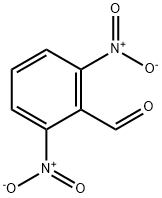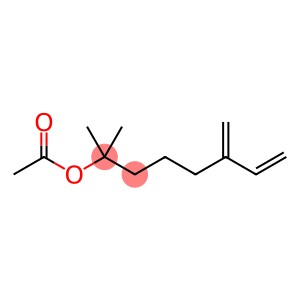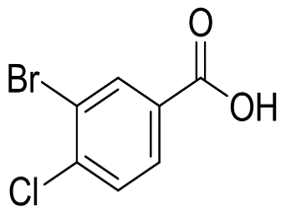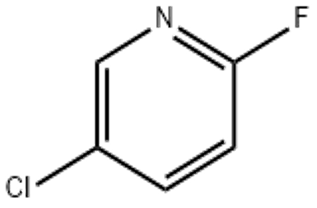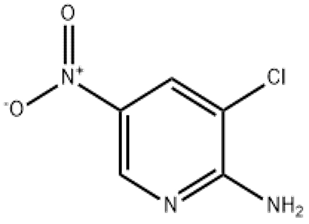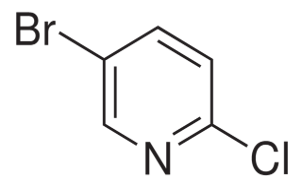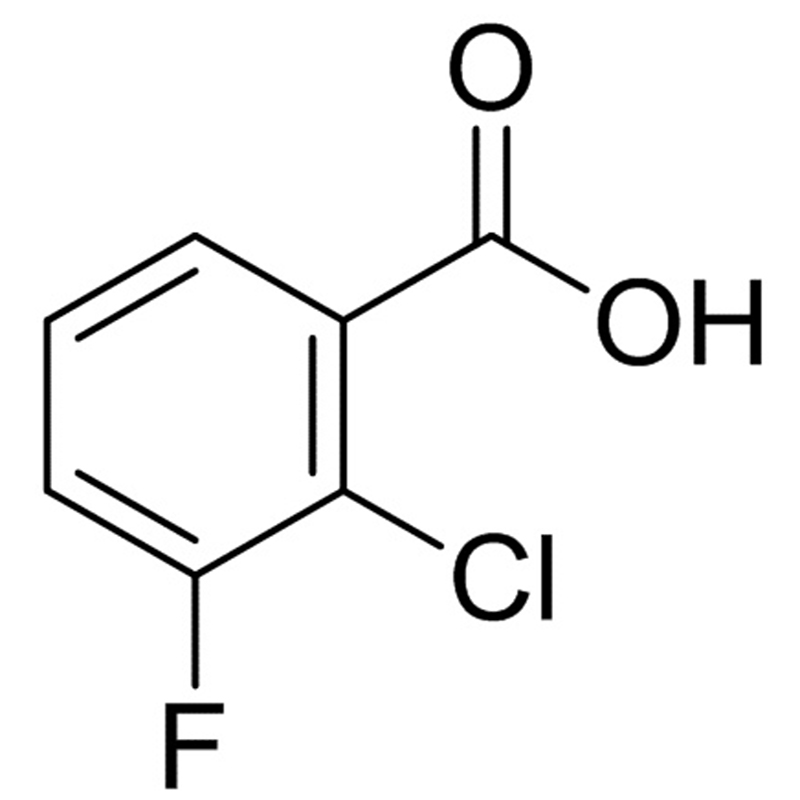2 6-Dinitrobenzaldehyde(CAS# 606-31-5)
| Hazard Symbols | Xi – Irritant |
| Risk Codes | 36/37/38 – Irritating to eyes, respiratory system and skin. |
| Safety Description | S26 – In case of contact with eyes, rinse immediately with plenty of water and seek medical advice. S36 – Wear suitable protective clothing. |
| WGK Germany | 3 |
| RTECS | CU5957500 |
| FLUKA BRAND F CODES | 9 |
Introduction
2,6-dinitrobenzaldehyde is an organic compound with the chemical formula C7H4N2O4. The following is a description of its nature, use, formulation and safety information:
Nature:
-Appearance: 2,6-dinitrobenzaldehyde as yellow crystals.
-Solubility: It is almost insoluble in water, but soluble in many organic solvents such as ethanol, dichloromethane, etc.
-Melting point: Its melting point is in the range of 145-147 degrees Celsius.
-Odor: It has a strong pungent odor.
Use:
-Chemical reagent: 2,6-dinitrobenzaldehyde is often used as a chemical reagent to prepare other compounds.
-Synthesis intermediate: It is also an intermediate of some organic synthesis. For example, it can be used in the preparation of dyes, pesticides, pharmaceuticals, and the like.
Preparation Method:
-The preparation method of 2,6-dinitrobenzaldehyde is usually achieved by the reaction of nitrobenzaldehyde. First, the benzaldehyde and concentrated nitric acid reaction, and then after the appropriate acidic conditions of the treatment, you can get 2,6-dinitrobenzaldehyde.
Safety Information:
- 2,6-dinitrobenzaldehyde is a toxic substance and should be handled with care. Avoid direct contact with skin, eyes and respiratory tract.
-Wear appropriate protective equipment such as gloves, glasses, and lab coats when using or handling this compound to prevent contact and inhalation.
-Waste should be disposed of in accordance with the prescribed methods to avoid pollution to the environment.
Please note that this is only a general introduction to 2,6-dinitrobenzaldehyde. Specific experimental operations and safety precautions need to be evaluated and followed according to specific conditions. Always follow laboratory and safe handling rules and instructions when using chemicals.


